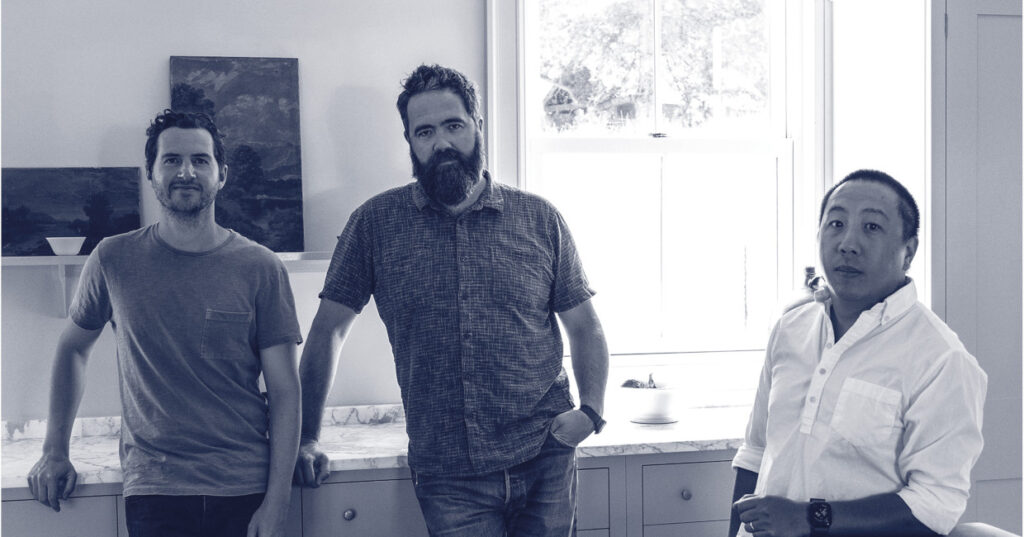Post Company believes that ‘design lives at the intersection of beauty, elegance and utility’. Vicky Doe met with the studio’s partners to talk about their perception of the term ‘luxury hospitality’ and to find out about what their clients are asking for in today’s market.
Based in Brooklyn, New York, and Jackson, WY, Post Company is a studio that celebrates diversity of experience and character, with a staff team who specialise in wide-ranging aspects of hospitality design – from architecture, furniture, interiors and branding – everything is covered. Partner, Ruben Caldwell, described the firm’s ethos as ‘embedded in the philosophy of having diverse interests’ and this ethos is evident through the many striking spaces the team have created.
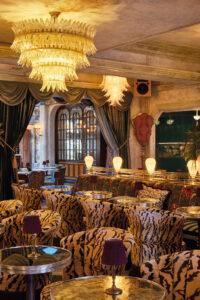
Diversity and individuality is key across the team’s portfolio, Ruben explained: “As you look across our work and some of the openings in this past year, you’ll see that the projects are quite different in terms of how we’ve approached them and that’s due to our interest in diving into the individual characteristics of every space and programme. That’s a big part of how we work- we try to uncover something new about every project and that’s what keeps it interesting to us. It’s really about trying to reveal something special – a thread to pull on.”
That thread, that hook, is so vital to the work that Post Company does. As we continue through our discussion, the level and depth of research that this firm invest in becomes really clear. The historical background of a building or location is thoroughly investigated prior to any pens being put to any paper so that the designers are fully immersed in the project’s cultural, historical and physical background.
Leigh Salem, Partner at Post Company, shared how the team uses this as their starting point and allows the design to grow and evolve from there: “It often starts with looking from a historical point of view. We recently completed the Lafayette hotel in San Diego which has quite an escapist concept with a number of food and beverage outlets within it. Part of the brief was to develop a diner concept, and we actually worked with a diner historian to walk us through the history of this type of restaurant. We used this as a historical entrance into designing the space but then then looked at film references of what diners mean in pop culture, and David Lynch and Twin Peaks and all these other references layered into that.
“So, it often starts with that initial piece of history across our projects, and then we get to build upon it and create something new, but always using that history as a prompt to explore a certain type of aesthetic and language within the space.”
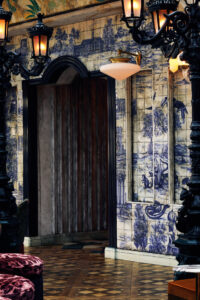
I asked the team about their experiences within the luxury hospitality market and we discussed what they see as key elements across the design industry in the modern world and how that has changed over time.
Leigh explained: “It’s a very interesting time in that regard. Traditionally, the idea of a luxury offering or travel within the luxury market, has for a long time, rightly so, focussed on attention to detail and level of service and I think that still stands true – in the end, we as designers can create spaces that we think are unique and compelling, but it has to be hand in hand with a really considerately nuanced operation that brings the spaces to life. That’s always going to be the backbone of luxury travel.
“I think the difference now is that we do find that people and markets are much more interested in providing an experience that is contextually driven. Previously, the offerings could be potentially agnostic to their location but now, people have much more discretion in terms of how they want to surround themselves. They are also interested in where things come from, who made those things and who the people are around them.
“In a sense, you are almost thinking about hospitality in a residential setting, guests are wanting to know more about who they’re staying with, what their host’s values are and if they align with their own. And it’s not just about the design storytelling a contextual theme, it’s much more about the luxury segment trying to align the service, experiences, brands and the values of the guest and I think that’s becoming more and more important.”
The themes of time, space and experience are mentioned throughout our discussion about luxury hospitality. Leigh continued: “The experience of privacy of the guestroom with this idea of quietness, or actually respite, and pulling away from the activity. But there is a balance as guests still want to be able to go down to a restaurant and have a level of activity and energy that is within that same structure, and we’re seeing those brands and those designs that can offer that gradient of experience, from true privacy, respect for your surroundings and quiet when you need it.”
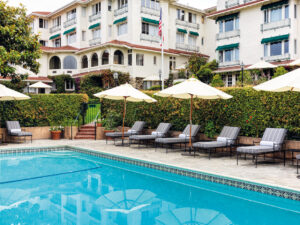
Another theme that Post Company is experiencing in the luxury hospitality industry is that of sustainability. Guests are asking for more and, therefore, Post Company is having to be creative and make careful considerations. Ruben said: “Sustainability is becoming a baseline within a lot of these projects, whether that’s through changes in code or changes in ethos, people are saying, ‘we’re obviously doing heat pumps’ or ‘we’re obviously doing solar’. That kind of approach is now just a given and not something that people are having to stretch for. But for us on the interior side, our approach is about making something that’s enduring and so we try not to engage in projects that are too throwaway, that are going to need to be redone in a few years. We’re trying to make things that are more permanent and use durable materials, techniques, and approaches. We also tend to use vintage FF&E so we’re recycling and upcycling pieces that we find and incorporating them within a space.
“So I think that similar to the definition of luxury, the definition of sustainability is evolving a little bit too and it’s less of something you’re chasing and more just a given within the environment that we operate. From our side, it’s something we value a lot already – we’re members of 1% for the Planet, which means we give one percent of our revenue to environmental causes so it’s definitely a core company value.”
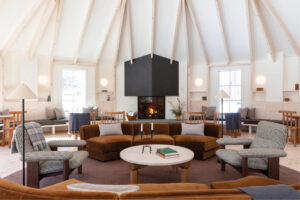
With all of this in mind, I asked the team about the projects they have completed recently and which have held particular memories or provided learnings that they have been able to take away. Jou-Yie commented: “I think all the recent work [we are completing] is really exciting. We constantly think we’re progressing as a studio and the most recent projects have been really gratifying – like MOLLIE Aspen, Lafayette and also La Playa in Carmel. We have some coming up that we’re equally excited about but these projects are multi-year endeavours so it’s always really gratifying to see them come to life and have people experience and enjoy them. It’s really fascinating to watch people walk through the doors and see guests experience rooms in ways that we never really imagined.”
Leigh agreed, he explained that some of the most meaningful projects are those which have led to strong relationships with clients: “We are fortunate that we have a few projects that we continue to work on and then we can build relationships with those clients. We have a project in upstate New York – INNESS – and that is really meaningful to us. It was a long project in which we developed a series of new buildings as well as restaurants and a hotel building. It has a beautiful gradient of architectural styles across the project, but all through a shared ethos of historical importance and minimalism or restrain within the execution.
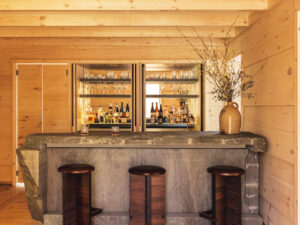
Image: Chris Mottalini
“We’ve worked on that project for five years, and now designing a new spa concept that will open in the summer. In that case, the experience and how the property is operating is something we are constantly talking about and trying to understand so we can build new offerings to complement that original experience. We’re doing the same thing for another hotel called Scribner’s Catskill Lodge, where we originally worked on the lodge component and just completed The Rounds, a new type of stay for the hotel. They are a collection of private 12-sided structures that are inspired by the shingled architecture of Woodstock and the Catskills.”
So, what does the future hold for Post Company? Jou-Yie explained that it’s a case of expanding the depth and breadth of the firm: “We’ll continue to design hotels, but we’re also interested in growing some of the other aspects of our business such as our residential work, lighting and furniture collections. Hospitality has been a big part of our studio and always will be and we’re excited about continuing to work on transformative and enduring hotel and hospitality concepts.”
Ruben agreed: “We’re a studio that is constantly trying to improve how we operate. So I think what’s coming next is a little bit unknown, but it’s going to be the next evolution of the firm in terms of how we’re trying to free ourselves creatively, and how we can deliver better projects. For us, the growth of the studio and its process is almost as important as what we’re actually working on.”


